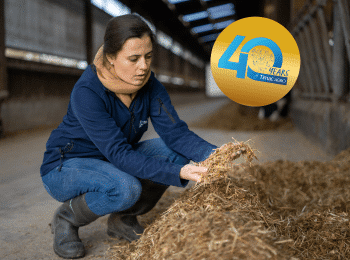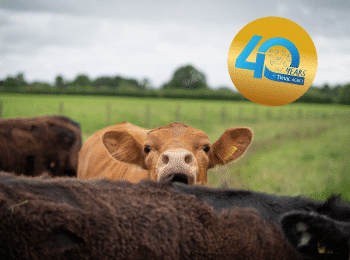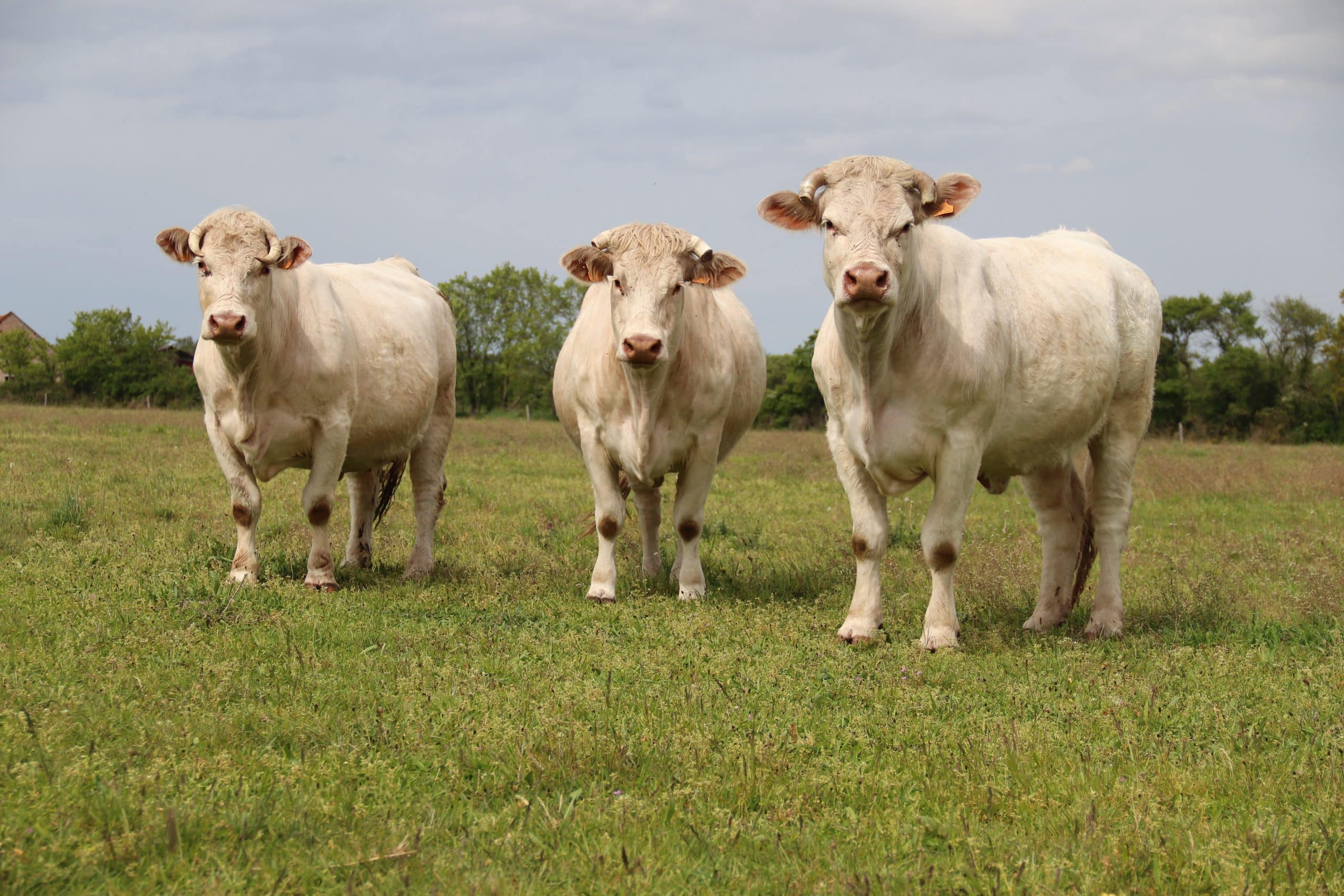Mycotoxin Prevention and Management: Protecting Animals
Mycotoxin management in silage is essential to protect animal health and ensure optimum performance on farms. At TIMAC AGRO, we are committed to helping farmers implement solutions for the prevention, detection and management of mycotoxins, in order to limit their impact on animal health and farm performance.
Mycotoxin prevention strategies
The first steps in protecting animals against mycotoxins start long before the feed. Effective prevention requires good crop management and storage.
- Harvesting at the right time : Cutting grass at the right vegetative stage reduces the risk of fungal contamination. Harvesting too late increases the likelihood of mold proliferation, as weather conditions can favor their development. Careful monitoring of the weather and the ripening stage of the plants are essential practices for limiting the risk of contamination.
- Optimizing storage: Effective packing and covering of silos reduces exposure to air and optimizes the fermentation process. Regular monitoring of silos and the use of quality tarpaulins are also crucial. Well-managed silos reduce oxygenation, thus limiting the proliferation of molds and mycotoxins.
- Use of preservatives: The addition of silage preservatives helps speed up fermentation and limit the proliferation of mycotoxin-producing molds, thereby reducing risks to animal health. These preservatives also help maintain the nutritional quality of forages, which is essential for a healthy, balanced diet.
Mycotoxin management solutions
To complement prevention strategies, effective mycotoxin management is essential to minimize their impact on animal health. Find out more about solutions to limit the effects of mycotoxins after contamination.
Mycotoxin management is a major challenge for animal health and performance. Through rigorous prevention and the use of appropriate management solutions, it is possible to limit the risks associated with these toxins and guarantee healthy, sustainable animal production. At TIMAC AGRO, we make a point of providing breeders with the tools and advice they need to meet these challenges.




